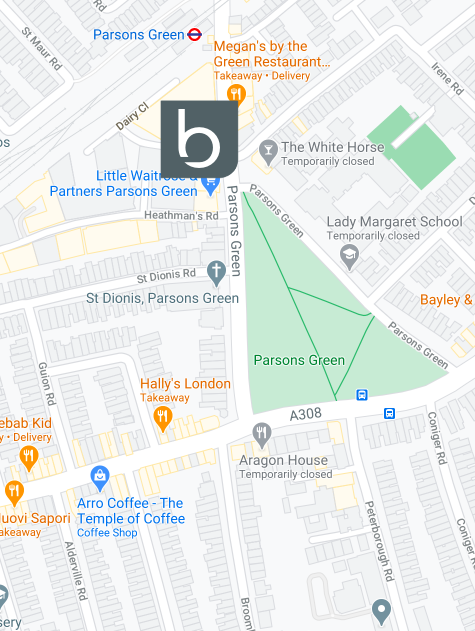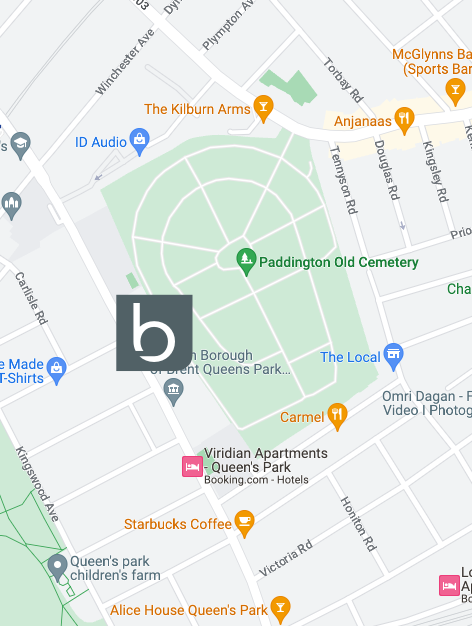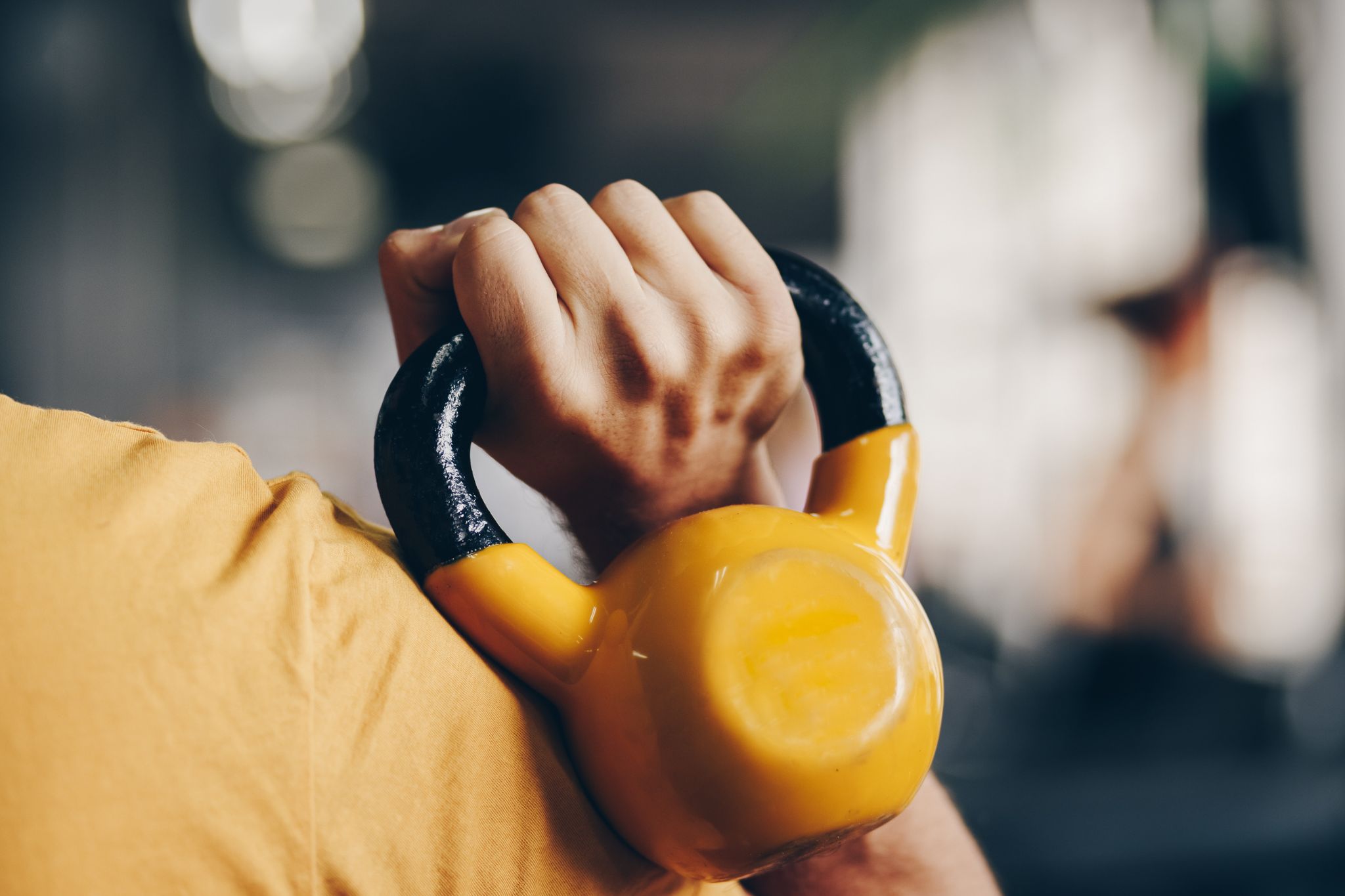
Close
Enquiry
Please see contact information below or complete the form and we will get in touch with you.

Parsons Green
3rd Floor Brigade House
8 Parsons Green
London
SW6 4TN

Queen's Park
2nd Floor
105-109 Salusbury Road
London
NW6 6RG

Jesse's House
8-10 Heathmans Road
Parsons Green
London
SW6 4TJ
How Strength and Conditioning Can Elevate Your 10K Performance

Running a 10K is a popular goal for both novice and seasoned runners. Whether you’re aiming to finish your first race or shave minutes off your personal best, one thing is clear: the importance of strength and conditioning in your training cannot be overstated. Often overlooked by runners who prioritise logging kilometers, a well-rounded strength and conditioning program can significantly enhance your performance, reduce the risk of injury, and make your runs feel smoother and more efficient. Here’s how strength and conditioning can be a game-changer for your 10K training.
-
Injury Prevention
Running is a repetitive motion that places a lot of stress on your muscles, joints, and connective tissues. Overuse injuries like shin splints, runner’s knee, and Achilles tendinopathy are common among runners, especially those who neglect strength training. By incorporating exercises that strengthen your muscles, tendons, and ligaments, you can create a more resilient body that is better equipped to handle the demands of running.
Key Strength Exercises can include variations of Squats, Lunges and Core work
Come and see us for a Biomechanical Screen Identify the issues which leave you at risk of injury, and might be hindering your performance or preventing you from achieving your goals.
-
Improved Running Economy
Running economy refers to the amount of oxygen your body requires to maintain a certain pace. A better running economy means you can run faster and longer without exhausting yourself. Strength training, especially exercises that target the lower body and core, helps you become a more efficient runner by improving muscle coordination, stride mechanics, and overall body control.
Key Exercises can include deadlifts, plyometrics and single-leg exercises
-
Enhanced Speed and Power
Strength and conditioning aren’t just about injury prevention and efficiency—they also play a critical role in boosting your speed. Stronger muscles generate more force with each stride, enabling you to cover more ground quickly. Additionally, conditioning exercises that target the cardiovascular system can increase your stamina, allowing you to maintain a faster pace for longer.
Key Exercises:
– Hill Sprints: Combine strength and cardiovascular conditioning to build leg power and endurance.
– Interval Training: Incorporate high-intensity intervals to improve your speed and anaerobic capacity.
– Leg Presses: Focus on building raw leg strength to increase your overall running power.
-
Better Endurance and Fatigue Resistance
Running a 10K requires a combination of speed and endurance. Strength training can improve your muscular endurance, enabling you to maintain a strong pace throughout the race. Conditioning exercises, such as circuit training or high-intensity interval training (HIIT), can enhance your cardiovascular endurance, helping you resist fatigue in the latter stages of the race.
Key Exercises:
– Circuit Training: A mix of strength and cardio exercises performed in a sequence with minimal rest, boosting both strength and endurance.
– Strength and Conditioning: Alternate between periods of intense activity and rest to improve both aerobic and anaerobic endurance.
– Endurance Lifts: Lower-weight, higher-rep exercises like 15-20 reps of squats and lunges help build muscular endurance.
-
Enhanced Recovery
Strength and conditioning can also improve your recovery times, allowing you to train more consistently and effectively. Exercises that increase blood flow and enhance flexibility, such as dynamic stretches and foam rolling, can help reduce muscle soreness and stiffness after runs.
Key Practices:
– Dynamic Stretching: Incorporate leg swings, walking lunges, and arm circles before your runs to improve flexibility and reduce injury risk.
– Foam Rolling: Use a foam roller to massage tight muscles, increase blood flow, and speed up recovery.
– Cool-Down Routines: Finish your workouts with light stretching and mobility work to help your body transition into recovery mode.
Integrating strength and conditioning into your 10K training routine is a surefire way to enhance your performance, reduce injury risk, and make running a more enjoyable experience. By focusing on building strength, improving running economy, increasing speed and power, and enhancing endurance, you’ll be better prepared to tackle the challenges of a 10K race. Remember, a strong runner is a fast runner, so don’t underestimate the power of a well-rounded training program. Happy running!
At Beyond Health we offer skilfully prescribed and progressed Clinical Strength & Conditioning programs. Reach out if you have any questions or would like to know more about how Strength and Conditioning can help you.
The information provided here is for general guidance and educational purposes only. It is not a substitute for professional advice, diagnosis, or treatment. Always consult a qualified health professional before starting any new exercise program, particularly if you have any pre-existing medical conditions, injuries, or concerns about your health.

